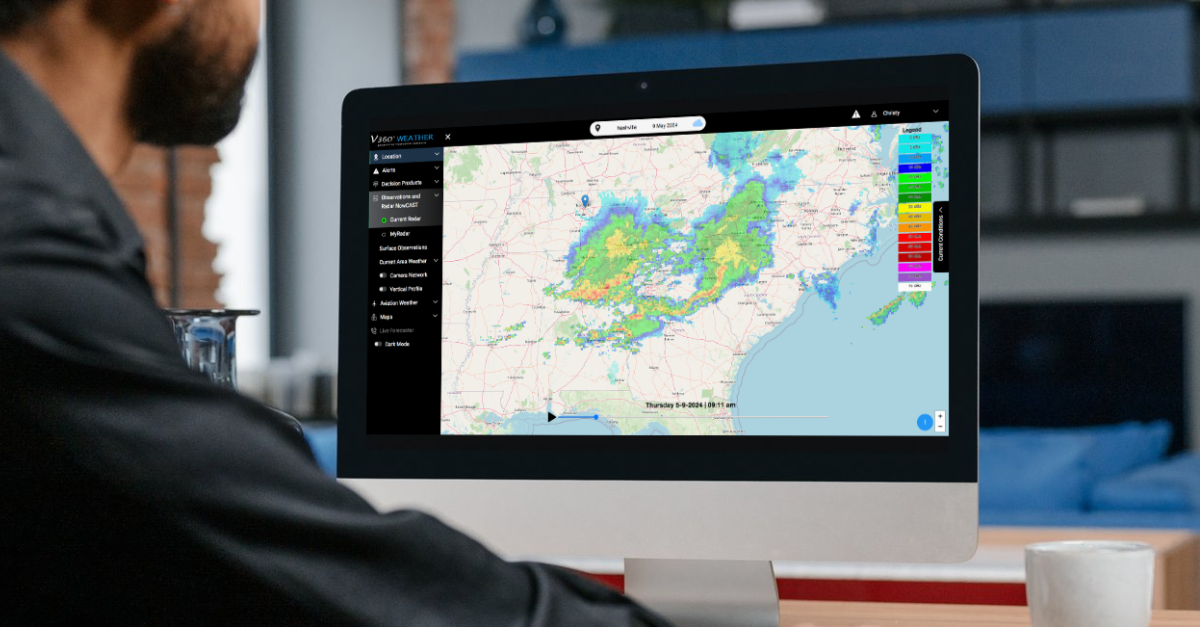I’ve been in software engineering for a long, long time. In the last decade, it has primarily been focused on mobile display and cloud processing to support it. Recently, I’ve had the chance to explore web development vs. mobile development, and I’ve found some interesting contrasts. Both involve a lot of real-time graphics and data processing, a combination I rather like.
Before we started Wet Dog Weather, I had only spent a little time on web development.
Turns out, it’s fun!
Complexity: Web Development vs. Mobile Development
When it comes to web development vs. mobile development, the complexity landscape differs significantly. Mobile devices have grown incredibly complex, especially for real-time graphics. To properly support your users, you typically have to know OpenGL ES for Android and Metal for iOS. Mix in Vulkan for newer Android devices for some extra fun.
Not only do you have to understand the rendering SDKs, but you’ve also got to worry about different models. For OpenGL ES, that usually means bugs on the various cheap GPUs. For Apple, it means avoiding advanced Metal features. This used to be simpler.
The web, by contrast, still (mostly) is! With WebGL, you’ve got browser support to worry about, but if it’s there, it tends to be an all-or-nothing proposition. In the web development vs. mobile development debate, this simplicity is a significant point in the web’s favor.
User Expectations: A Key Difference in Web Development vs. Mobile Development
Another crucial aspect of web development vs. mobile development is the contrast in user expectations. Mobile apps are expected to be always responsive. If they’re not, users don’t like them. This is both a blessing and a curse for developers.
For real-time graphics, that means we need to consistently hit 30 frames per second—no excuses. Otherwise, users won’t like it and will be unable to articulate why. Conversely, if you crank that up to 120fps (on some Apple devices), they’ll really like it, but it’ll heat up the phone and drain their battery.
Interestingly, web applications face a lower bar for real-time graphics. Consistently hitting 15fps is good enough, and 30fps is downright delightful. This expectation difference creates a more forgiving environment in web development vs. mobile development.
Prototyping & Debugging: Where Web Development vs. Mobile Development Truly Diverge
The process of prototyping and debugging is where web development vs. mobile development truly shows its differences. Web development has shown me how quick prototyping can be. I make a two-line change, reload, and we’re off. There’s no giant compile stage and no big verification that everything is correct (hmmm). Let’s go!
A client can point me to a problem on their site, and I can debug it in the browser. It’s great!
If I want to add something to another toolkit, I can do it in real-time—even if they don’t want me to! The code, or something very similar, is all there. If I can figure out how to modify it, I can.
All this adds up to fun. It’s just enjoyable to whip things together and have them work quickly. Mobile development, while powerful, often requires more setup and careful testing across devices.
So Everything Should Be Web?
In the web development vs. mobile development debate, it’s clear that each has its place. Mobile development stands apart because the web wasn’t good enough for our favorite devices. It’s been tried so many times, and the results are always ‘meh,’ but that doesn’t stop developers from trying to make fetch happen.
My point is just the fun. Web development is wacky, chaotic fun! While mobile development offers its own rewards, there’s something uniquely enjoyable about the rapid, flexible nature of web work.

